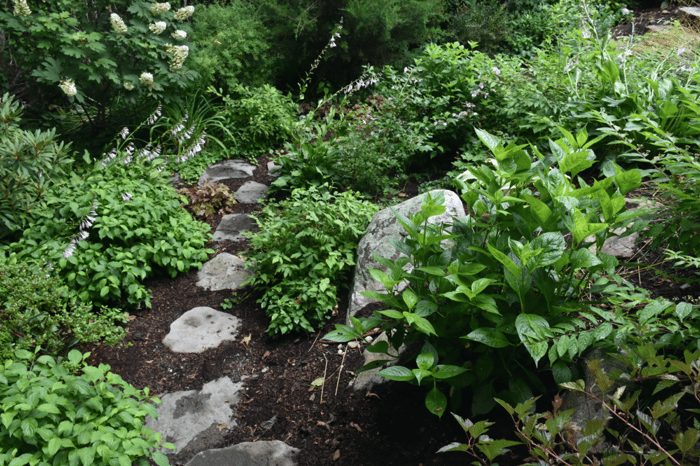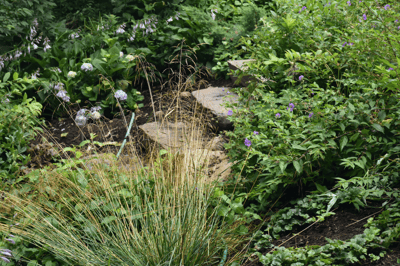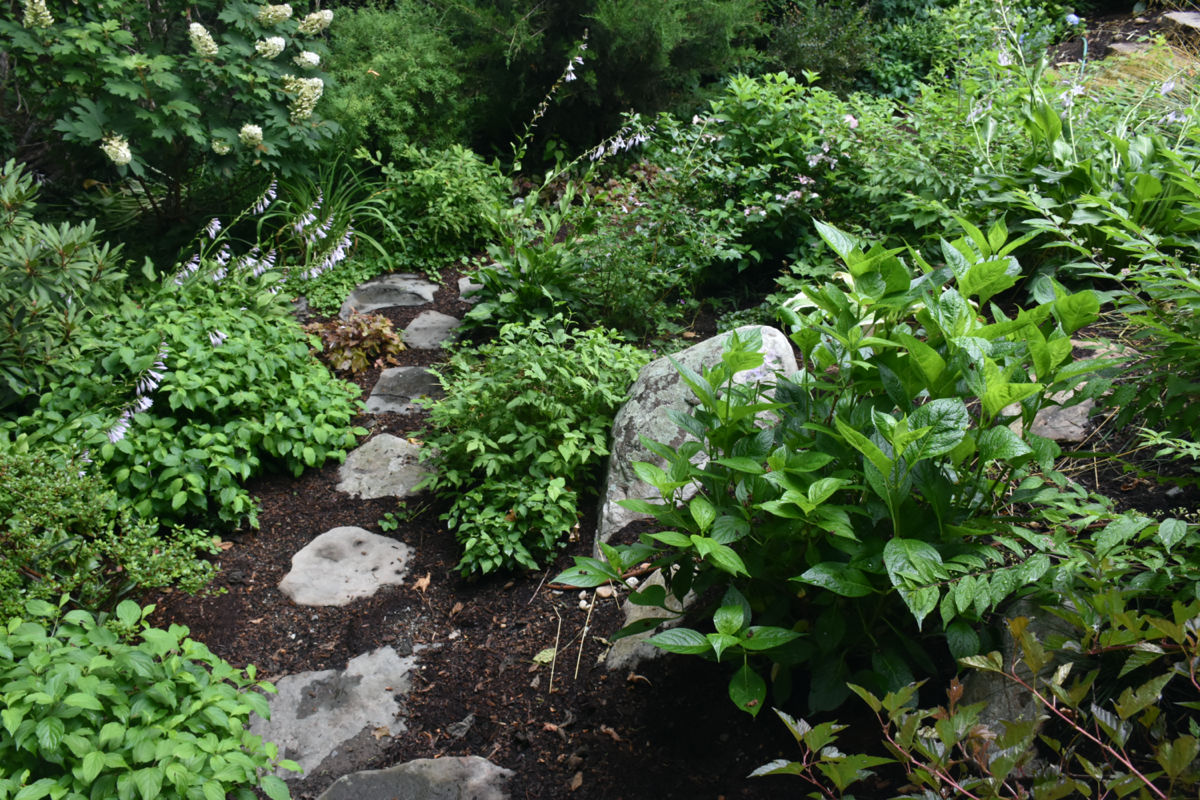It seems intuitive that we like to spend time outdoors -- we’ve all craved nature at one time or another -- but science has now identified some of the reasons we actually need to spend time in a more natural setting. In fact, there is a term for this, Ecotherapy, that refers to the various physical and psychological benefits of being outside.
There are quite a few therapeutic benefits that result from being outdoors, as revealed by health researchers, including:
Mental health benefits Studies have shown that individuals who live close to natural spaces and spend some amount of time in them are less likely to suffer from anxiety or depression.
Heart and stress benefits Another study found that people who spend time in a forest hiking or just relaxing have measurably lower heart rates and blood pressure.
ADD & ADHD improvements Physicians are now identifying some psychological issues in children as manifestations of what they’re calling “nature deficit disorder” and are prescribing time outdoors as therapy. The University of Illinois has conducted research that showed that children with ADD/ADHD experience a reduction of symptoms after spending time outdoors.
Sleep improvement and longevity Improvements in sleep, better immune system function, and lower rates of stress-related disorders are all benefits enjoyed by those who spent regular time in nature. All of these factors may be reasons that regular gardeners live longer and that the practice of “forest bathing” (spending time in the forest) has become popular in Japan and is even prescribed and covered by some medical plans.

No matter how you look at it, communing with nature can be a restful, restorative experience. How you do it is an entirely personal preference – whether you prefer to sit and watch plants and wildlife, listen to songbirds and gentle breezes, or go for a walk among the trees and flowers.
Understanding what you like in nature is the key to developing an outdoor space that is optimized for you and your family. The colors, scents, and sounds are all factors that influence how you feel when you are in a space. That also applies to the actual landscape itself – the rocks, water courses, and installed hardscapes. How you integrate the elements you prefer with the landscape you have to work with will determine the success of your outdoor design.
Key design factors: location and view
As you begin to develop your outdoor living space concept and plan your design around how you look to commune with nature, consider the two key design factors of location and view.
Where you locate your space and what you will see are crucial.
- First, what do you want to do when you are in this space?
- Are you a walker and would love a garden that you can stroll through?
- Are you a sitter and want a place to relax with a morning cup of coffee, look at the flowers or a water feature, and listen to the birds?
This will help you determine your focal points – centers of activity or visual elements.
 If there is a lot of sun and you want some shade, you may want to place some select trees or shrubs to filter the light and heat but also provide beauty. You may prefer to create a natural envelopment with plants surrounding you to provide beauty and privacy. Or perhaps you’ll want to define the space with a low wall that frames it while providing an unhindered view. If you enjoy spending time outdoors in the winter, you’ll want to include plants that provide winter beauty with interesting, colored bark and branches, dried foliage, or graceful shapes and textures. Architectural features such as walls, fences, gazebos, arches, and sculptures can also add off-season visual interest.
If there is a lot of sun and you want some shade, you may want to place some select trees or shrubs to filter the light and heat but also provide beauty. You may prefer to create a natural envelopment with plants surrounding you to provide beauty and privacy. Or perhaps you’ll want to define the space with a low wall that frames it while providing an unhindered view. If you enjoy spending time outdoors in the winter, you’ll want to include plants that provide winter beauty with interesting, colored bark and branches, dried foliage, or graceful shapes and textures. Architectural features such as walls, fences, gazebos, arches, and sculptures can also add off-season visual interest.
Even when you’re not spending time out in nature, how you plan your views can make all the difference for enjoying your outdoor space when you’re not outdoors. For example, you can create indoor visual interest by designing your plantings and features to lead the eye from key indoor viewing positions to points of outdoor visual interest, near and far. In warmer weather, placing flowering and fragrant plants near windows and doors will allow their inviting sights and smells to permeate your home.
While relaxation is certainly a central attraction to being out in nature, working in it has its benefits, too. If you enjoy gardening, the simple pleasures of using your hands in the earth, caring for plants, and interacting with nature in an almost Zen-like way is an ideal way to maintain physical and mental health.
Engaging the five senses while outdoors – sight, sound, smell, touch and even taste – as well as the sixth sense of wellbeing are welcome distractions to the hustle and bustle of everyday life, especially during these stressful and challenging times. By designing your outdoor living space based on the ideas discussed here you’ll be able to create a successful, fulfilling place in nature that you and your family will certainly enjoy.




 If there is a lot of sun and you want some shade, you may want to place some select trees or shrubs to filter the light and heat but also provide beauty. You may prefer to create a natural envelopment with plants surrounding you to provide beauty and privacy. Or perhaps you’ll want to define the space with a low wall that frames it while providing an unhindered view. If you enjoy spending time outdoors in the winter, you’ll want to include plants that provide winter beauty with interesting, colored bark and branches, dried foliage, or graceful shapes and textures. Architectural features such as walls, fences, gazebos, arches, and sculptures can also add off-season visual interest.
If there is a lot of sun and you want some shade, you may want to place some select trees or shrubs to filter the light and heat but also provide beauty. You may prefer to create a natural envelopment with plants surrounding you to provide beauty and privacy. Or perhaps you’ll want to define the space with a low wall that frames it while providing an unhindered view. If you enjoy spending time outdoors in the winter, you’ll want to include plants that provide winter beauty with interesting, colored bark and branches, dried foliage, or graceful shapes and textures. Architectural features such as walls, fences, gazebos, arches, and sculptures can also add off-season visual interest.